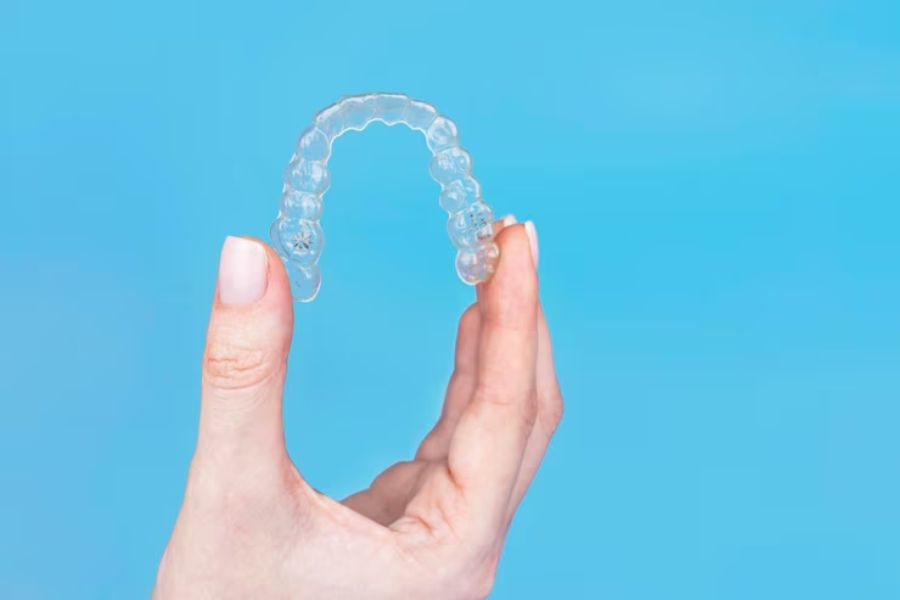3D printing, or additive manufacturing, is a technology that creates physical objects from a digital design by layering material. The potential applications for 3D printing in orthodontics are vast, from creating aligners and retainers to surgical tools and models.
Custom-Made Aligners and Retainers
Precise Surgical Guides
Educational Models
The integration of 3D printing into orthodontics holds significant benefits:
Increased Efficiency: 3D printing can significantly reduce the time it takes to produce orthodontic appliances, such as aligners and retainers.
Improved Accuracy: 3D printing allows for highly accurate and custom-made orthodontic appliances, enhancing treatment effectiveness.
Reduced Costs: As the technology becomes more commonplace, it’s anticipated that the cost of producing orthodontic appliances will decrease, making orthodontic treatment more affordable.
The future of 3D printing in orthodontics is brimming with potential. As the technology continues to evolve and becomes more integrated into everyday orthodontic practice, the possibilities for innovative and efficient patient care are virtually limitless.
Embracing the future of orthodontics means accepting and adapting to these technological advancements. The integration of 3D printing into orthodontic practices promises a revolution in dental health care, making treatment more efficient, accurate, and personalized than ever before.
Conclusion
In conclusion, the intersection of 3D printing technology and orthodontics is undoubtedly paving the way for an exciting new era in dental healthcare.As the technology continues to evolve, we can anticipate even more transformative changes in the field. The integration of 3D printing is a testament to the continuous evolution of orthodontics, striving for better, personalized, and efficient patient care. With 3D printing, a revolution in orthodontics is not just an aspiration, but a growing reality.

